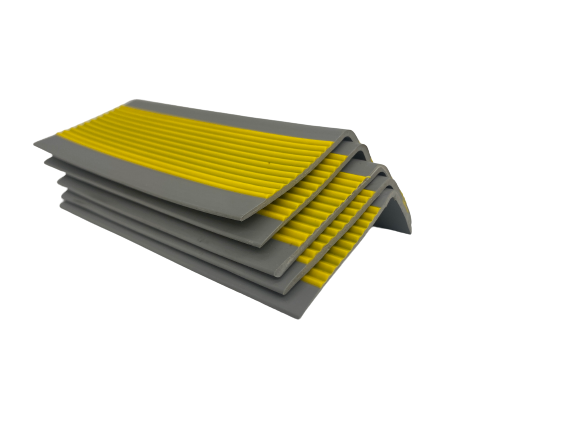Dec . 03, 2024 16:40 Back to list
front door bottom gap seal
Understanding Front Door Bottom Gap Seals Importance, Types, and Installation
In the quest for a more energy-efficient home, one of the often-overlooked areas contributing to heat loss is the front door. A gap at the bottom of the door can lead to drafts, heat loss in winter, and increased energy bills year-round. In this article, we will explore what front door bottom gap seals are, their importance, types available, and tips for installation.
What is a Front Door Bottom Gap Seal?
A front door bottom gap seal is a strip or material applied to the lower edge of a door to close the space between the door and the floor. This gap can be a significant point of air leakage, allowing outdoor air to flow inside and conditioned air to escape. A properly fitted gap seal can dramatically improve a home’s energy efficiency by providing insulation and preventing drafts.
The Importance of a Front Door Bottom Gap Seal
1. Energy Efficiency One of the main benefits of installing a bottom gap seal is energy efficiency. By preventing air leaks, these seals help maintain indoor temperatures, reducing the workload on heating and cooling systems. This can result in significant savings on energy bills over time.
2. Comfort A front door gap seal contributes to indoor comfort levels. Without it, residents may experience drafts that make living spaces uncomfortable, particularly during cooler months. A good seal helps regulate the temperature, creating a more pleasant environment.
3. Pest Control Gaps under doors can be entry points for pests like insects and rodents. Installing a bottom gap seal can help keep unwanted critters outside where they belong.
4. Noise Reduction Beyond temperature and pest control, a front door bottom gap seal can also provide sound dampening. It minimizes the noise that can seep in from outside, making the home quieter and more peaceful.
Types of Front Door Bottom Gap Seals
1. Weatherstripping One of the most common solutions, weatherstripping comes in various materials, including foam, rubber, and vinyl. It can be adhesive-backed for easy installation. Weatherstripping is flexible and often used in conjunction with other sealing techniques for maximum effectiveness.
2. Door Sweeps Door sweeps are strips that attach to the bottom edge of the door, typically made of rubber, vinyl, or brush materials. They create a solid barrier against drafts and are particularly effective at keeping out dust and pests.
front door bottom gap seal

3. Thresholds A threshold is a raised strip that sits beneath the door and can be adjusted to create a tighter seal with the bottom of the door. It is typically made from materials such as wood, metal, or composite. Combining a threshold with a door sweep can significantly enhance insulation.
4. Magnetic Seals Some higher-end options involve magnetic seals that adhere to the door frame. These provide a tight seal and can be especially useful for double doors.
Installation Tips
Installing a front door bottom gap seal is generally a straightforward DIY project that requires minimal tools and materials. Here are some tips to ensure a successful installation
1. Measure the Gap Before purchasing any sealing material, measure the gap under your door accurately. Gaps can vary based on the type of flooring and the door's position.
2. Choose the Right Material Consider the type of seal that will work best with your door. For instance, heavy-duty door sweeps are more suitable for exterior doors than lightweight weatherstripping.
3. Clean the Area Before installation, clean the bottom of the door and the area where the seal will be applied. This ensures better adhesion and longevity.
4. Follow Manufacturer Instructions Most sealing products come with installation instructions. Follow these carefully to achieve the best results.
5. Regular Maintenance Over time, seals can wear out. Regularly check the condition of your door gap seal and replace it as needed to maintain energy efficiency.
Conclusion
In summary, front door bottom gap seals play a crucial role in enhancing a home’s energy efficiency, comfort, and protection from pests. With various types available, choosing the right seal and properly installing it can provide long-term benefits. By addressing this often-overlooked area of your home, you can significantly improve your indoor environment while saving money on energy bills. Investing in gap seals is a small but impactful step towards a more sustainable and comfortable living space.
Next:
Prev:




